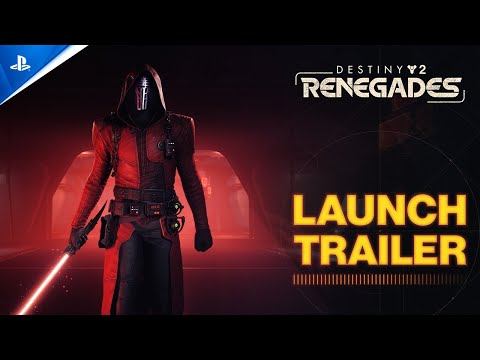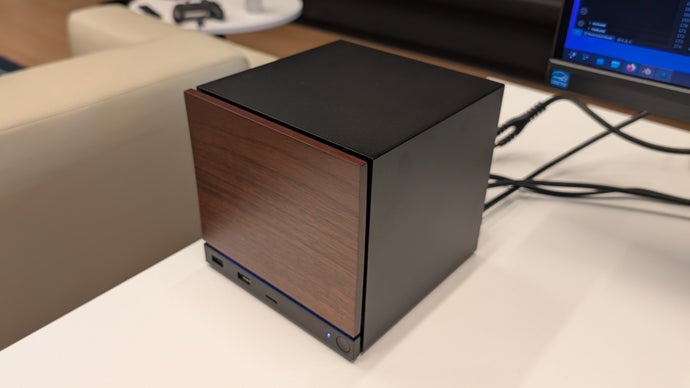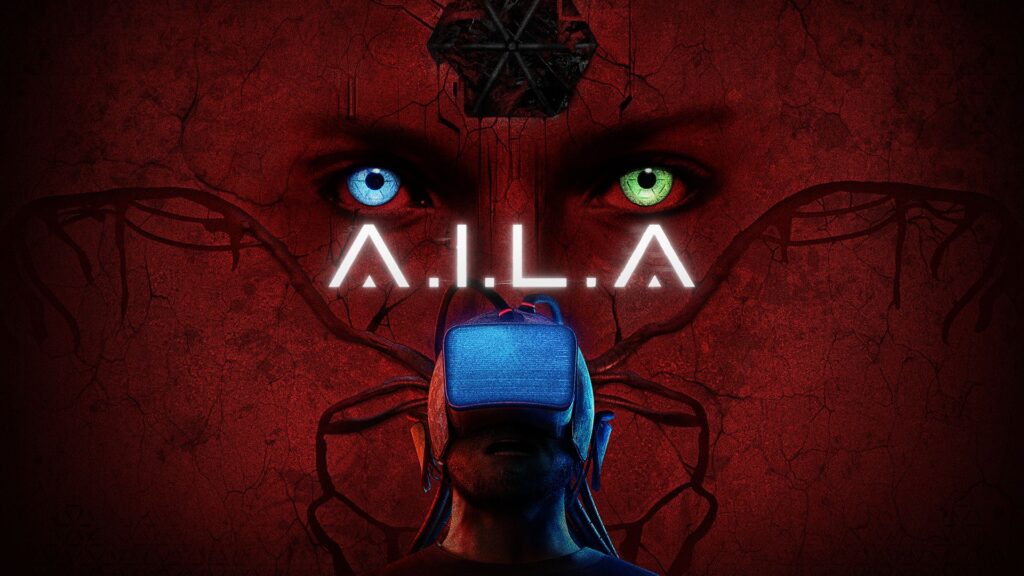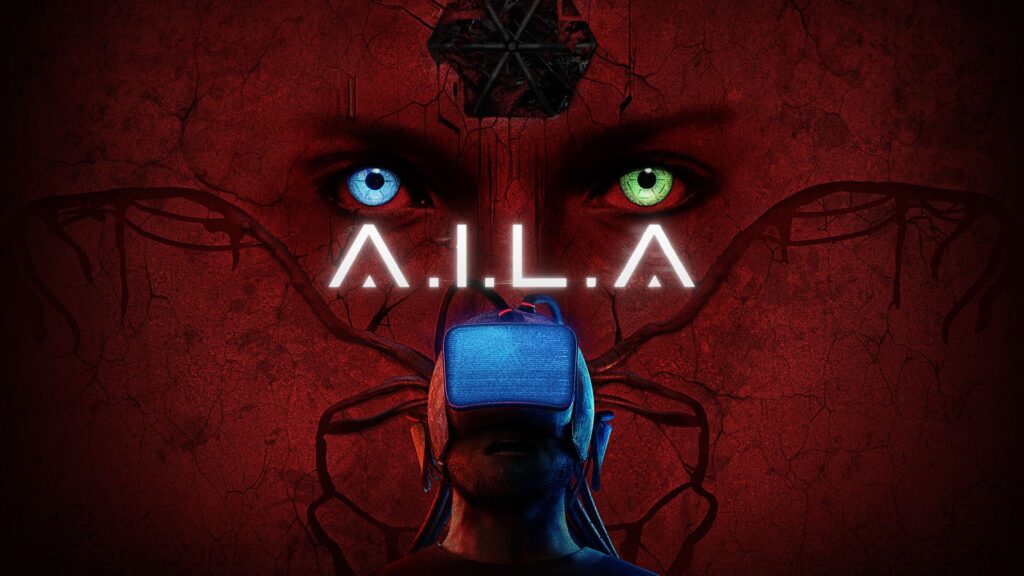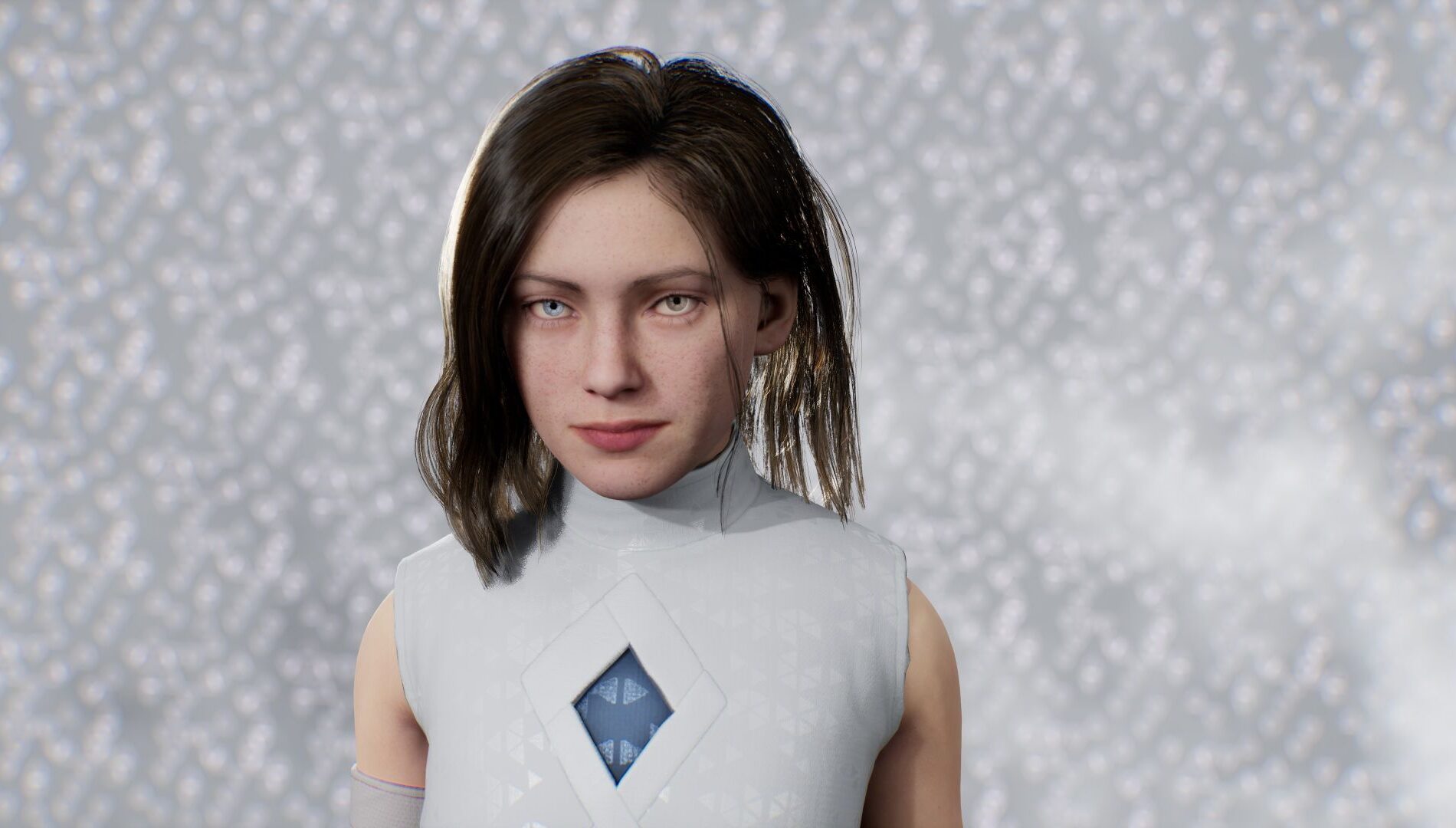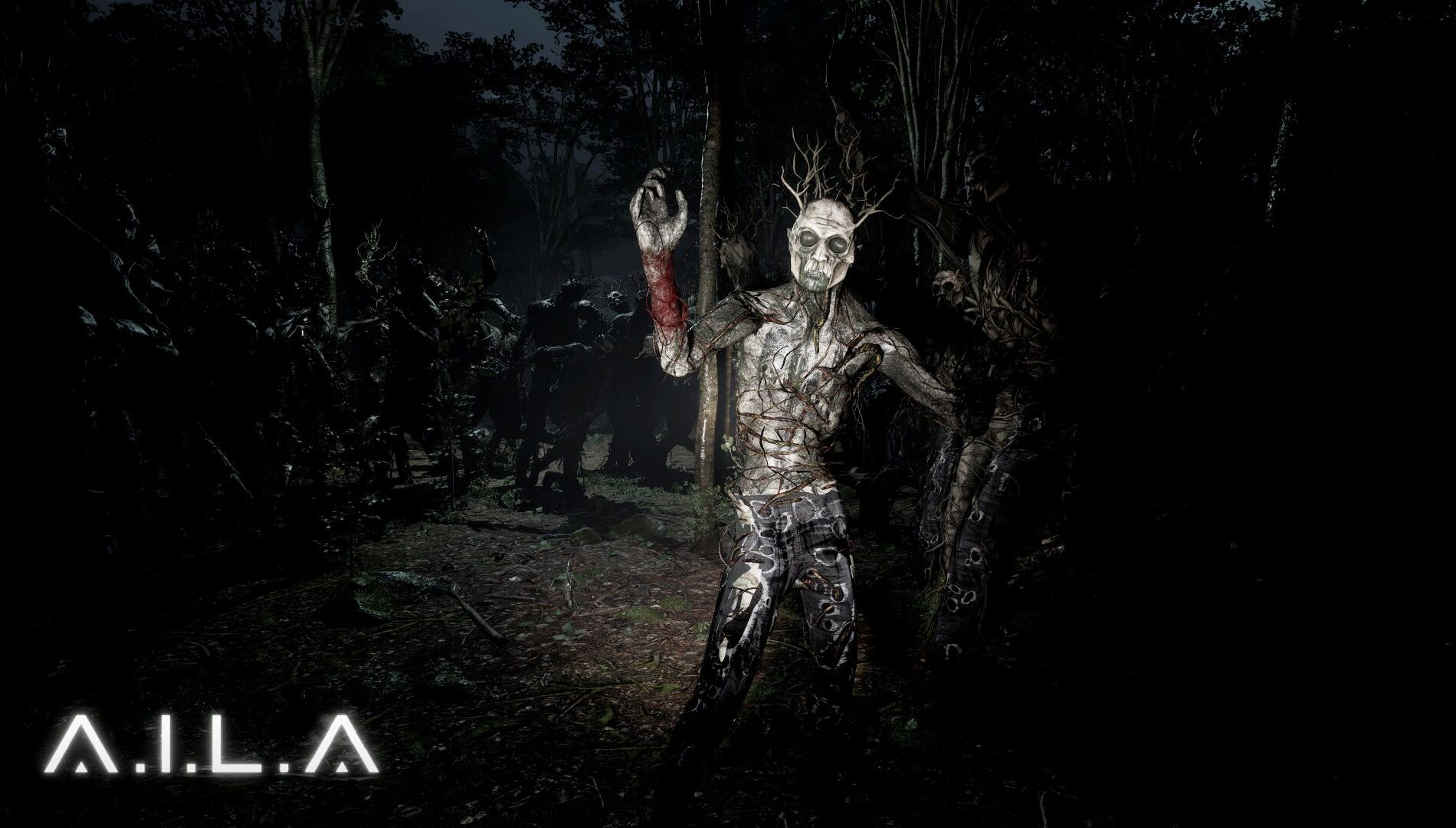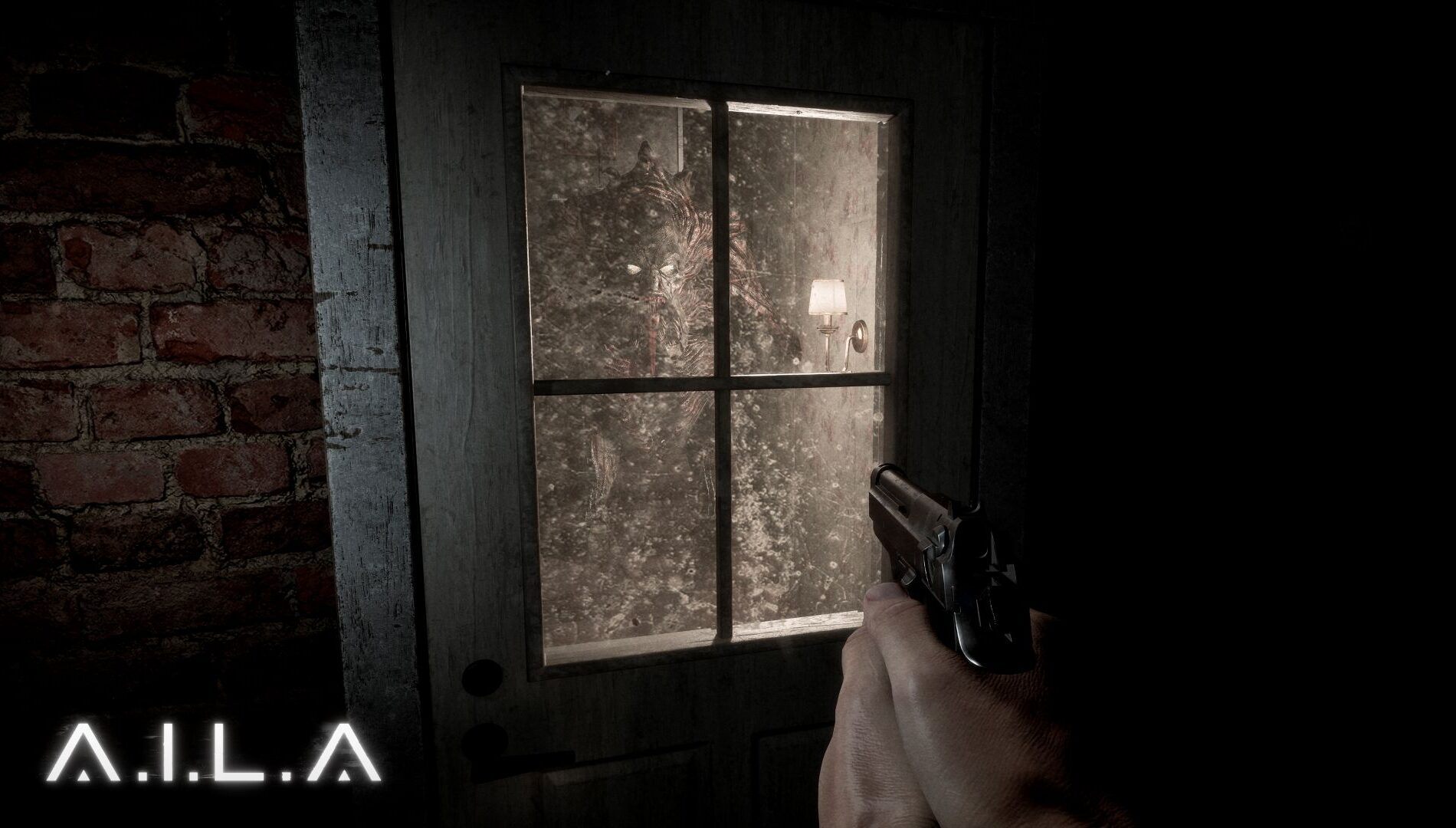
When I fired up Cricket 26 for the first time and hopped into a quick five-over game to get my eye in, I was pleasantly surprised by how substantially smoother it all seemed in contrast with the messy launch state of 2023’s Cricket 24. Cricket 26’s lighting and player models all really pop, the inputs feel far snappier, and the fielders all seem like they actually know there’s a game being played – unlike the dawdling doofuses in Cricket 24 who all seemed to stand around with their hands in their pockets. Then my match between the Mumbai Indians and the Delhi Capitals crashed at the change of innings. At which point I reloaded it, and it crashed again. And again. In fact, the longer I played Cricket 26, the more obvious its numerous technical flaws became, to the point that I’d have to say that my experience with Big Ant Studios’ latest has been a bit like playing on a cricket pitch in Perth – the grass looks greener on day one, but it’s not too long before the cracks start to show.
Still, there’s no question that when it works, Cricket 26 presents a much more enjoyable representation of the sport than Cricket 24 was ever capable of. Batting, in particular, feels far more responsive and natural – whether you’re using the arcade-style button controls or the more intuitive dual-stick setup. For the first time in a long time with this series, I feel like I’m able to consistently direct my strokes where I actually intend them to go, unlike Cricket 24 which often felt a bit predetermined in the way I’d keep knocking off-drives straight to the same cover fielder no matter where I aimed or how well I timed it.
That’s not to say that scoring runs has become too easy, however, and I’ve found myself playing down the wrong line and getting beaten on the inside and outside edges of the bat, which also feels far more true to life. Even on the default difficulty setting, batting in Cricket 26 has provided an absorbing challenge for the most part. I’m yet to feel the need to dig deep into the menus to painstakingly fiddle with the various timing and physics sliders in an effort to make it feel more realistic like I did with Cricket 24, which takes a lot of the trial and error out of the experience.
Bowling, on the other hand, hasn’t changed quite as much but it still feels engaging. I had hoped that the wobble seam delivery would have been added to Cricket 26, especially given that it’s become such a common variation these days that Pat Cummins has basically made it his stock ball, but sadly that’s not the case here – and the floaty knuckleball that a number of Indian pacers have added to their arsenals over the past decade or so hasn’t been included either. However, while the delivery types themselves remain the same, there has been some added nuance introduced in the form of the effect of wind on the ball. An arrow on the edge of the pitch map indicates the direction and strength that a gale is blowing, and that can be used to enhance the amount of swing on a delivery (or if you’re batting, how much further a lofted shot will travel should you aim it downwind). It’s a thoughtful addition that brings some extra strategy to each ball you face or deliver.
There’s clearly been a lot of work put into player animations too, especially as far as unique bowling actions are concerned. It’s great to see Nathan Lyon’s signature right-handed flick to the side as he leaves the top of his mark, or Mitchell Santner’s shark fin-like front hand carving through the air above his head as he’s about to release the ball. Some of these unique bowling actions aren’t just for show, either – I’ve found facing Jofra Archer to be noticeably more awkward than other fast bowlers, not just because of his speed on the ball but also the way he seems to lumber in so casually before suddenly exploding through the crease. It’s kept me more conscious of making subtle adjustments to my shot timing as the opposing team rotates from one bowler to the next.
Elsewhere, fielding has been substantially overhauled, although certain frustrating quirks still remain. There’s now much less of a delay between a fielder gathering the ball and making a return throw, and there are some new catching animations that see them diving and sliding around in a more agile fashion than they ever did in Cricket 24. However, the slow-motion runout system almost always makes me throw to the opposite end that I intended, and wicketkeeper behaviour is erratic. One moment they’re stubbornly refusing to swipe the bails off during a genuine stumping chance, the next they’re taking a superhuman catch around their ankles down the leg side. Yet, by and large, Cricket 26’s fielders display a level of alertness that more closely resembles the real thing, and it’s nice to see them run in pairs for relay throws or dive towards the rope for a tap-back.
Un-urned
Given that it’s been branded as ‘the official game of the Ashes’, you’d think that Cricket 26’s special mode dedicated to the freshly reignited Australia-England rivalry would have been given extra attention from the developers to ensure that it really capitalised on what has been one of the most hyped test series in recent memory. However, there appears to have been about as much thought and effort put into it as England’s approach to batting on day two of the recent first Ashes test. Sure, you do get to play all five test matches in the series in all of the relevant Aussie venues, including a day-night pink ball test at the Gabba, but there really is little else here to distinguish the mode from just building a series yourself using the tour creator that returns from Cricket 24.
There are no practice matches to play for the touring side, although given English coach Brendon McCullum’s ‘it will be alright on the night’ philosophy for player preparation, perhaps that’s true to life. Instead, the build up to each of the five matches in the series goes like this: you press a button to travel to the city hosting the match, complete a fairly modest and non-tailorable training minigame that involves bowling precisely three deliveries and a handful of batting strokes, select your final 11 from your squad of 16, mindlessly spam your way through painfully generic answers in a press conference, and then play the match itself. Repeat that four more times and you’re done.
There is a team confidence meter to maintain, and optional match objectives to complete as well, but it all feels a bit nebulous. Team confidence fluctuates depending on match results, success or failure in the training minigames, and your responses to press conference questions, but it’s all applied so inconsistently and absolutely none of it seems to have a measurable effect on anything. I failed my first training session and my team confidence took a dive, meaning I went into the opening test at Perth with my Australian team seemingly flagging at 55% confidence. It clearly didn’t make much of a difference, though, since I still ended up smashing England inside three days.
The pre-match press conferences are particularly hard to engage with, given that the questions you have to field are often factually incorrect. I kept getting asked about how I felt about securing a draw in a previous match, even though I’d won it, or I’d be asked to reflect on my performance at a certain venue even though I hadn’t played there yet. It feels less like facing a press room full of proper sports journalists and more like being punked by a crowd of teenage TikTok pranksters.
Successfully completing optional match objectives also gives team confidence a boost, but these goals seem to veer wildly from the realistic to the ridiculous. In one match I was tasked with scoring 64 combined runs with the tail, which was tricky but ultimately attainable, while in another my objective was to bat at above eight runs an over, which is an insane demand for a test match innings. You could field a team of 11 Harry Brooks and still struggle to score at that rate. You couldn’t field a team of 11 Brendan Doggetts, though, or even a single Brendan Doggett for that matter, given that he’s disappointingly absent from Australia’s Ashes squad in Cricket 26 despite making his international debut last week.
Armchair-man of the Board
So the Ashes mode is more slapdash than fierce clash, and Cricket 26’s only other new mode of note, the management career, is equally as half-baked. To be honest, I’m typically not one to dabble in the front office side of sports simulations, so perhaps I’m not best equipped to evaluate this series’ first crack at allowing players to run a cricket club. However, after investing several hours into this fairly superficial squad management sim let’s just say I’m unlikely to become a convert any time soon.
There’s just not an enormous amount to it. You don’t get to manage the budget for player salaries, or hire a coaching staff, for example. You basically just pick your team and either play the matches or simulate them, not unlike the existing player career mode minus the training minigames and net sessions in between. It also seems a shame that there’s no option to watch a generated highlights package when you simulate the result like you can in the Football Manager series. Unless you want to be fully hands-on with each match, your only exposure to the team’s performance is via static scorecards and text-based match reports that pop up in your email inbox, which feels pretty dry.
If you do opt to play the games yourself, there doesn’t appear to be any management options during a match that make it feel any different to the general gameplay featured elsewhere. You can’t, say, run tactical team instructions out to the middle with the 12th man during a drinks break, or send a substitute fielder on because your ageing opening batsman injured his back playing a golf tournament the day before the game. Strangely enough it also doesn’t seem to factor in the unavailability of players with national team duties either. I was able to steer the NSW Blues to the top of the Sheffield Shield, largely because the likes of Australian test team stars Steve Smith, Pat Cummins, and Mitchell Starc were inexplicably available to be picked for every match of the domestic summer.
Cricket 26’s management career just feels underdone and, in some aspects, partially broken. You can adjust training schedules for each of your players, like assigning them recovery sessions to reduce fatigue or team bonding sessions to boost their individual morale meters. However, I struggled to really get a feel for the impact of these options given that the training section of the management menu often just completely failed to load. I also encountered a bug that would cause Cricket 26 to crash everytime I tried to finalise my line-up. The irony that the design of Cricket 26’s dedicated management mode appears to have been somewhat mismanaged certainly isn’t lost on me.
Elsewhere, Cricket 26 possesses most of the same feature set as Cricket 24, from the largely unaltered player career mode to the microtransaction-riddled card collecting of Pro Team – with the latter featuring a new mode called Centurian. At the time of writing this just has a ‘Coming Soon’ message posted on it, leaving me completely in the dark as to what it might actually entail. The robust suite of customisation tools for everything from players to bats to stadia remain present and useful, while the actual number of licensed teams stays more or less the same. On the upside, all but one of the 10 IPL teams are now officially included, but on the downside you still need to rely on the talents of community creators to import Indian and South African squads into Cricket 26, and New Zealand’s Dream11 Super Smash competition has seemingly been ditched entirely.
Patches Fix Matches
In every area in which Cricket 26 excels, though, the shine is regularly taken off it as though it’s been polished with a piece of 60 grit sandpaper pinched from David Warner’s kit bag. It feels exhilarating to setup a batsmen by pushing a few straight balls across him before pulling the trigger on a hooping in-swinger than cannons into his pads, but it’s infuriating to slave away in search of a wicket only to watch a thick edge sail into the keeper’s gloves and have it given not out for no clear reason, with no option to challenge the umpire’s decision (at one point, this happened to me three times in the space of one over). It’s satisfying to swivel-pull a short ball into the crowd for six, but absolutely deflating to hook it down to deep backward square and get caught on the boundary, only to watch the fielder very clearly step on the rope, and still be given out anyway.
I like that matches can now be affected by rain and outcomes can be decided by the Duckworth-Lewis method, but so far my only exposure to it came when I was a mere three overs into the first innings of a T20. Without warning, the game was abruptly called off due to rain and my team was declared the winner – even though I was the only one who’d had a chance to bat. This is not to mention the regular crashes I’ve experienced during the 20 hours or so I’ve invested into Cricket 26 on the PlayStation 5 so far, or the many UI glitches – like the scoreboard for The Hundred that seems to be a placeholder hastily cobbled together in MS Paint. Or the many unrealistic AI behaviours, like bowling a bunch of short stuff in the opening over of a test – or indeed opening the bowling with one of its batsmen.
Meanwhile, and as has long since become customary with Big Ant’s cricket games, the in-game commentary is about as accurate as often as a broken wristwatch. I welcome the presence of cricket luminaries like David Gower and Adam Gilchrist to bring their insights to the game, but not when it seems like they’ve been blindfolded and spun around in a circle before they entered the commentary box like they’re playing a verbal game of pin the tail on the donkey.
In spite of these issues, I find myself far more invested in Cricket 26’s future because the core experience out in the field is such a major step up from the previous game that I’m willing to live with the noticeable rough edges. Assuming that Big Ant can stamp out most of the bugs, this could yet turn out to be one of the best cricket simulations the Aussie developer has ever produced. Yet even though the developer does have a track record of providing plenty of post-release support to its cricket games – and there have already been four patches for the PlayStation 5 version in the first week since launch – it’s hard at this point to be confident that it will rectify all of my complaints. As if to justify my slight pessimism, I fired up Cricket 24 this week to compare it side by side with Cricket 26, only to discover that Zak Crawley and Ben Duckett’s facial textures had disappeared completely. I know the English batting order has a tendency to lose their heads, but this is ridiculous – and then my test match crashed before I could even bowl a ball. To be clear, that’s after more than two years of post-launch patching.

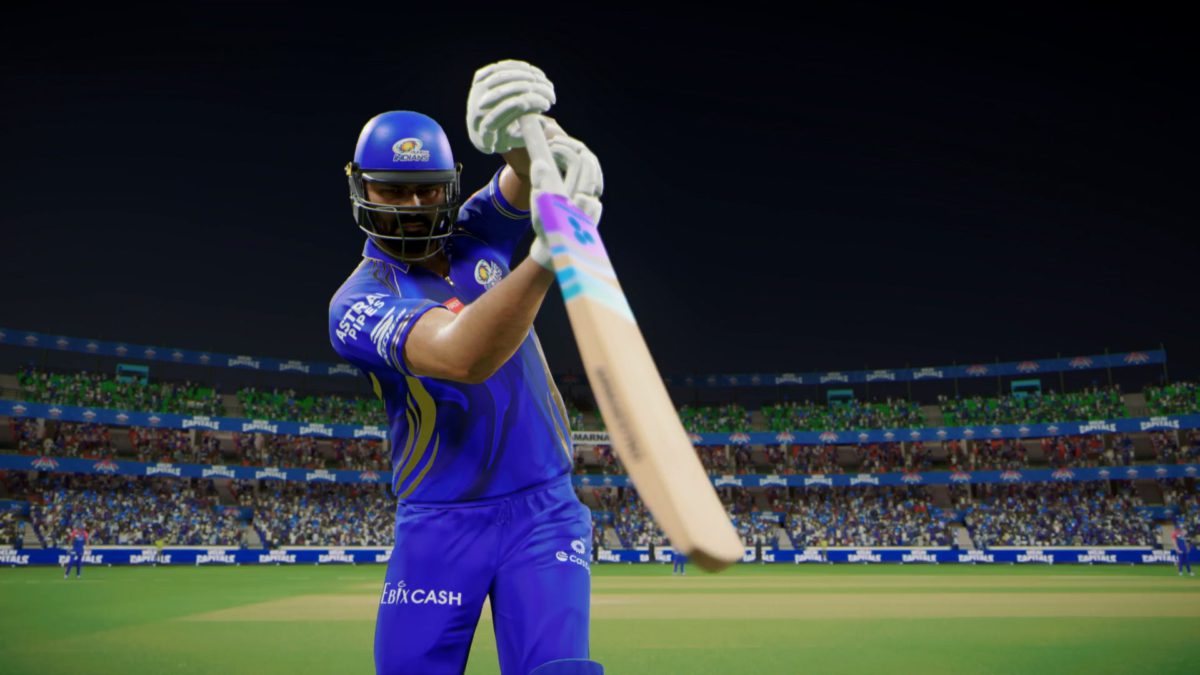


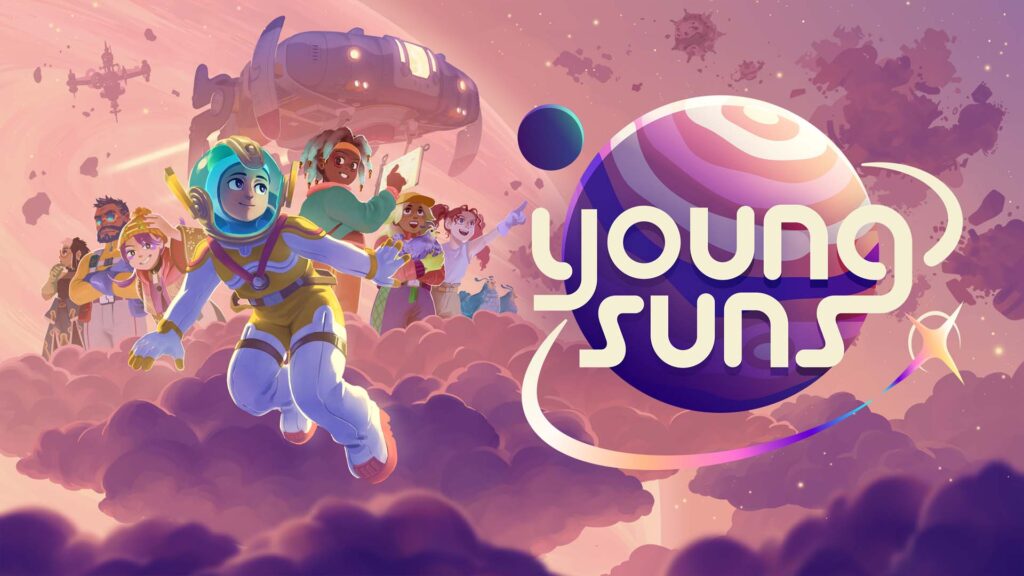
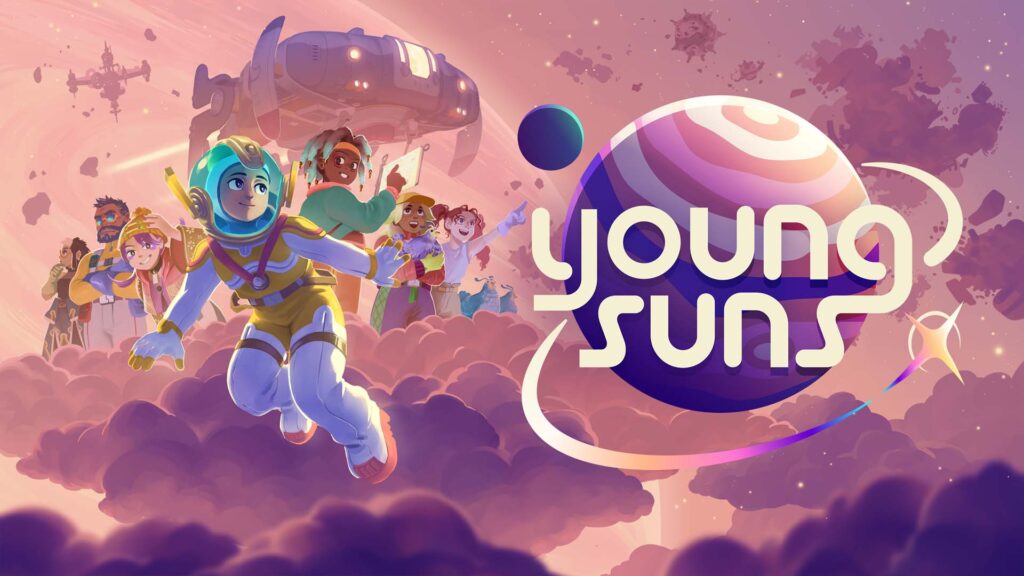
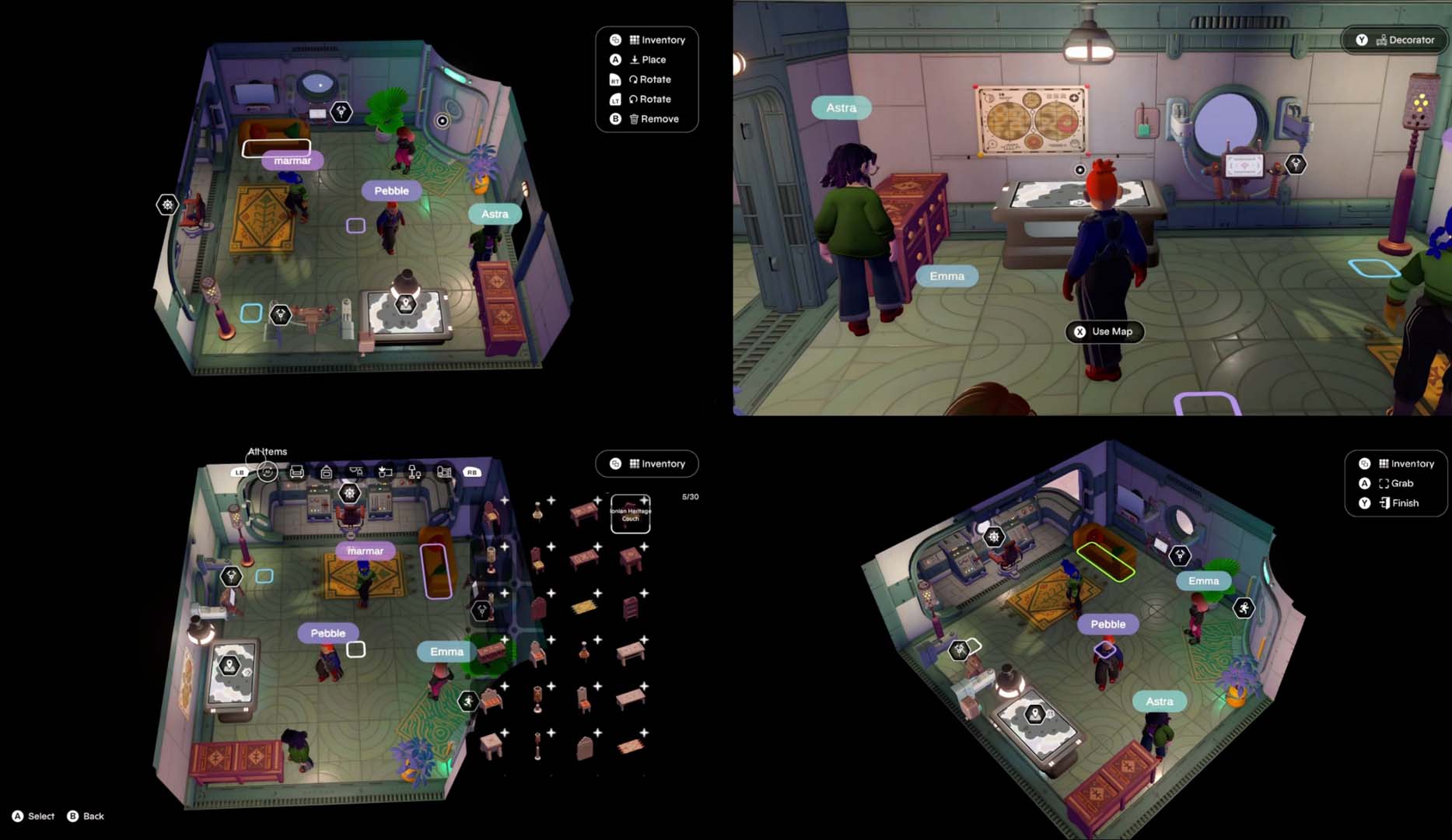
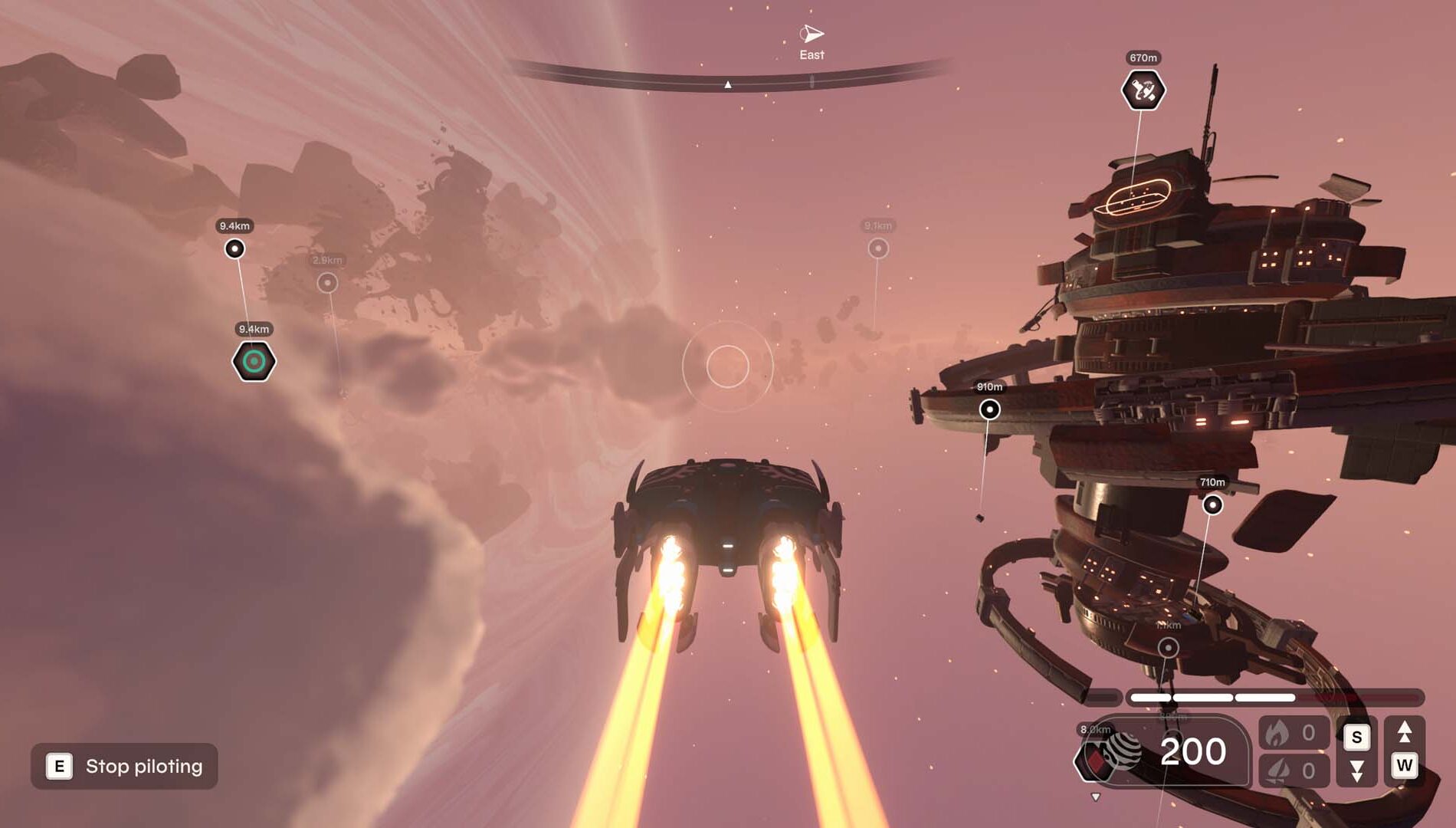
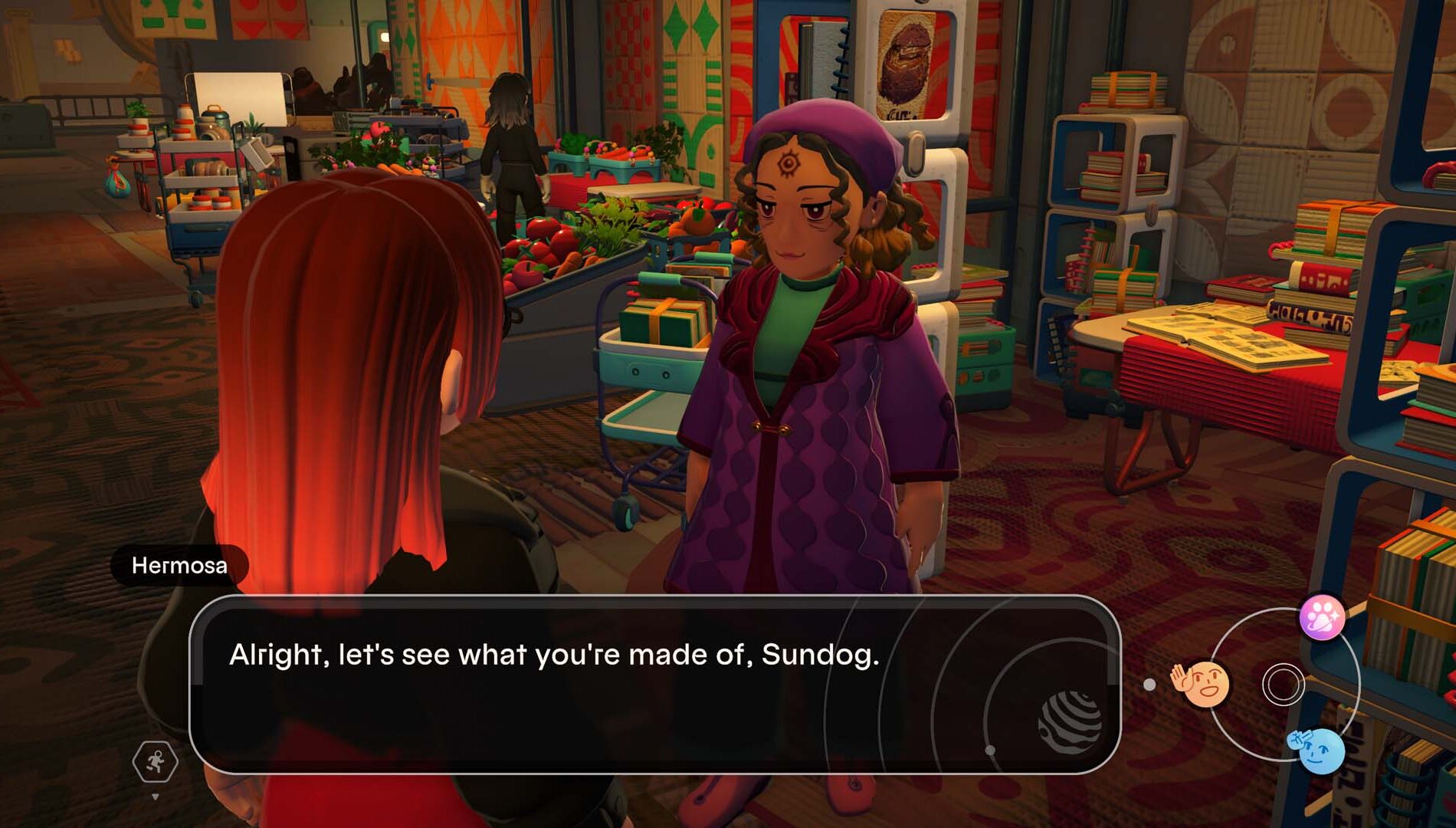
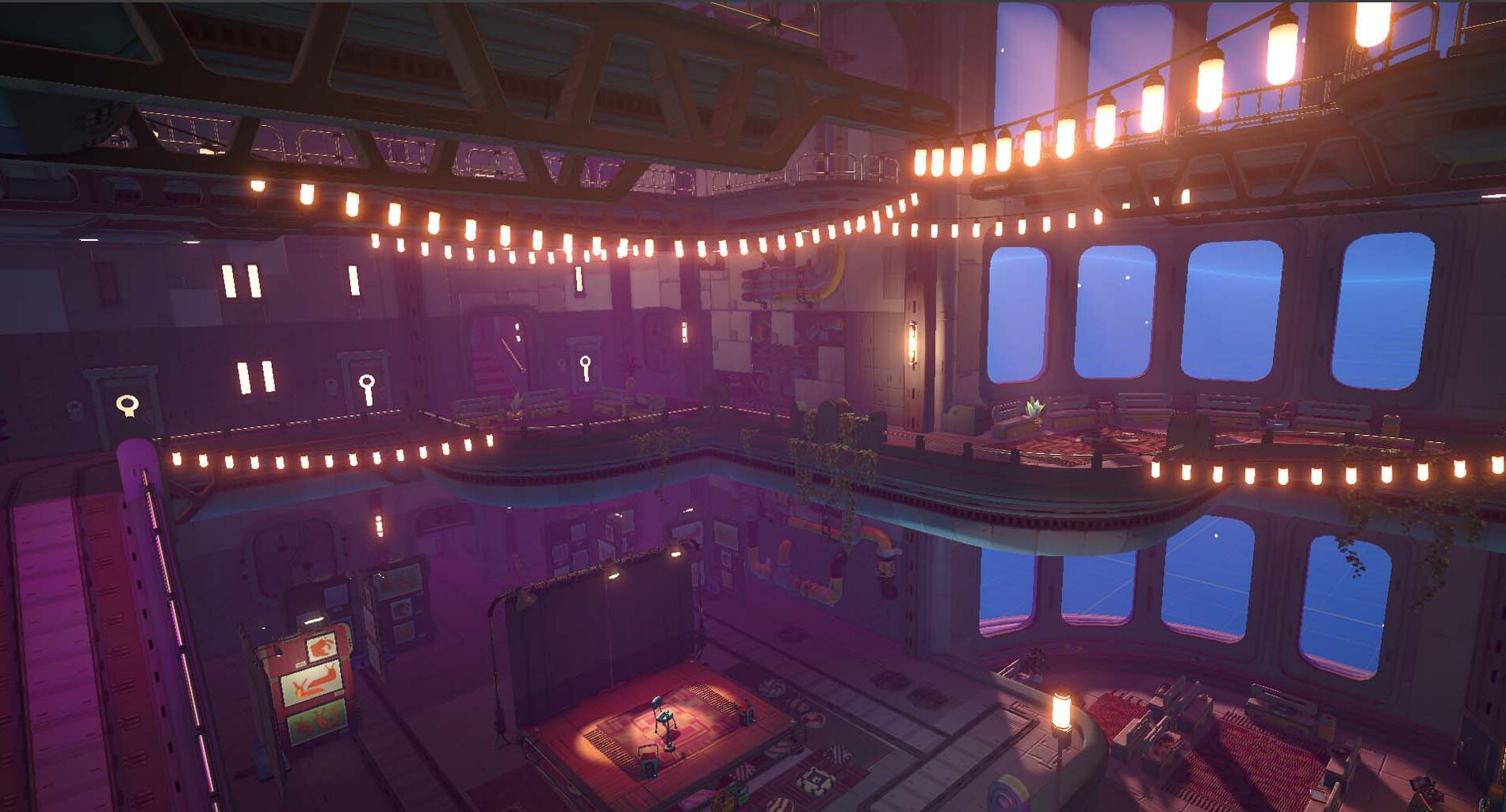



 Young Suns is still in early, active development. Playing the game now is recommended only for players interested in following the game’s development, participating in the community, and contributing feedback and suggestions.
Young Suns is still in early, active development. Playing the game now is recommended only for players interested in following the game’s development, participating in the community, and contributing feedback and suggestions. While core features are present, many you’d expect are still in development, and some content—especially quest content—is missing. Even in this state, the game is playable and fun for its intended pattern of play: checking in on a world for an hour or two a day, slowly building up your perfect ship-home, and making new friends among the stars.
While core features are present, many you’d expect are still in development, and some content—especially quest content—is missing. Even in this state, the game is playable and fun for its intended pattern of play: checking in on a world for an hour or two a day, slowly building up your perfect ship-home, and making new friends among the stars. To follow our update roadmap, learn more about the game’s development, and join the community for support & feedback please visit www.youngsuns.com.
To follow our update roadmap, learn more about the game’s development, and join the community for support & feedback please visit www.youngsuns.com.